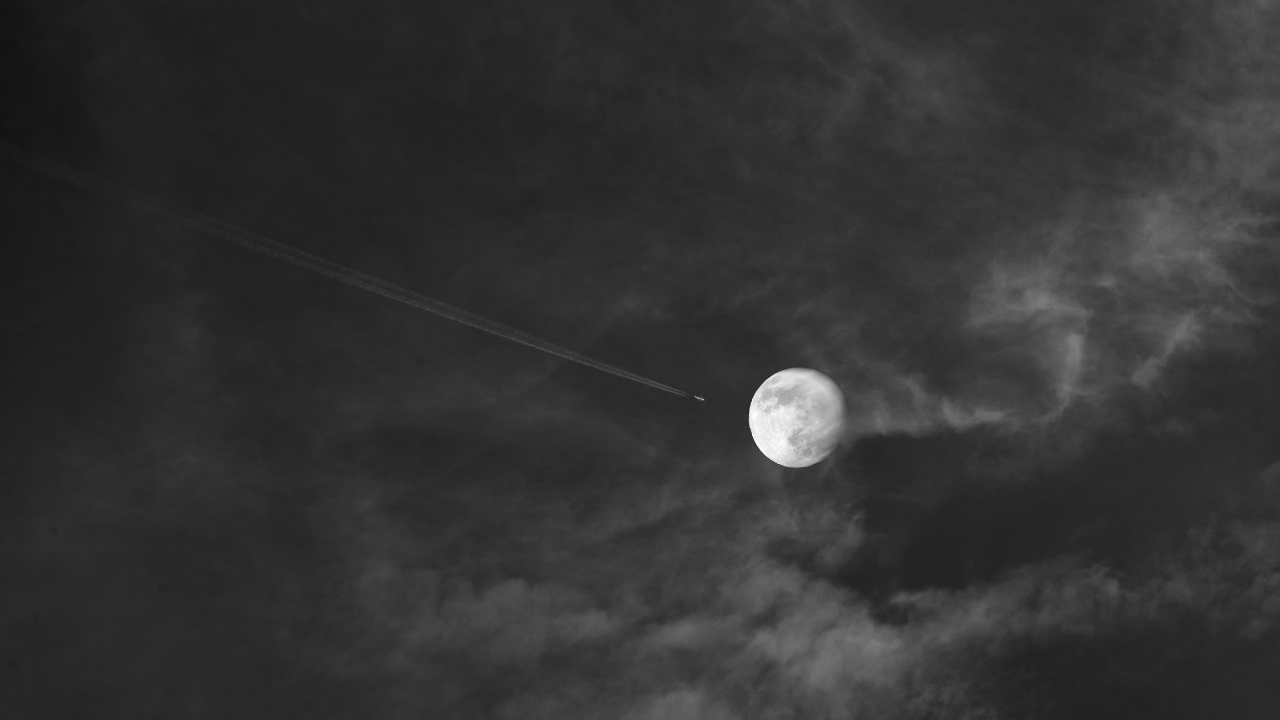Capturing a solar or lunar eclipse is a unique and exciting challenge for photographers. Whether you’re a seasoned photographer or a beginner looking to capture this celestial event, choosing the right camera is essential. Here are some of the best cameras suited for photographing eclipses:

Also, Read: Best Cameras For Equine Photography
1. Nikon D850
No products found.
The Nikon D850 is a full-frame DSLR renowned for its incredible resolution and dynamic range. Its 45.7-megapixel sensor ensures detailed and high-quality images, crucial for capturing the intricate details of an eclipse. The D850 also offers excellent low-light performance, which is beneficial during the dim phases of a solar or lunar eclipse. Its fast shutter speeds and burst mode capabilities make it ideal for capturing multiple phases of the eclipse without missing a moment.
2. Canon EOS R5
No products found.
Canon’s EOS R5 is a powerful mirrorless camera with a 45-megapixel sensor and advanced image stabilization. The high resolution allows for detailed shots, while the in-body stabilization helps minimize camera shake, essential when shooting in low light or with long lenses. The EOS R5’s 8K video capabilities also offer the option to record the eclipse and extract high-resolution stills from the footage.
3. Sony A7R IV
No products found.
The Sony A7R IV is another excellent mirrorless option, featuring a 61-megapixel full-frame sensor. This camera excels in high-resolution imaging, providing exceptional detail and clarity. Its fast autofocus system and high-speed continuous shooting mode ensure you can capture every phase of the eclipse. The A7R IV also performs well in low-light conditions, a common challenge during eclipse photography.
4. Pentax K-1 Mark II
No products found.
The Pentax K-1 Mark II is a full-frame DSLR known for its durability and excellent image quality. With a 36.4-megapixel sensor and advanced image stabilization, it’s well-suited for capturing detailed eclipse images. The camera’s Astrotracer feature, which uses GPS to track celestial objects, can be particularly useful for night sky photography, including lunar eclipses.
5. Fujifilm GFX 100
No products found.
For those looking for medium format quality, the Fujifilm GFX 100 offers a 102-megapixel sensor, delivering unparalleled resolution and detail. While it’s a heavier and bulkier option, the image quality it provides is outstanding. The GFX 100 also includes in-body stabilization, which helps manage the longer exposure times often required for eclipse photography.
Key Accessories
In addition to the right camera, certain accessories are crucial for successful eclipse photography:
- Telephoto Lens: A lens with a focal length of 400mm or more is ideal for capturing the details of the eclipse. For lunar eclipses, a shorter telephoto lens might suffice, but for solar eclipses, a longer lens is often necessary.
- Solar Filter: For solar eclipses, a solar filter is essential to protect both your camera’s sensor and your eyes from the sun’s harmful rays. Make sure the filter is securely attached and of high quality.
- Tripod: A sturdy tripod is vital for stabilizing your camera during long exposures and ensuring sharp images.
- Remote Shutter Release: To avoid camera shake, use a remote shutter release or the camera’s timer function.
Summary
Photographing an eclipse requires careful preparation and the right equipment. The Nikon D850, Canon EOS R5, Sony A7R IV, Pentax K-1 Mark II, and Fujifilm GFX 100 are all excellent choices, each offering unique features that can help you capture stunning eclipse images. Pair your camera with the appropriate accessories, and you’ll be well-equipped to photograph this awe-inspiring astronomical event.